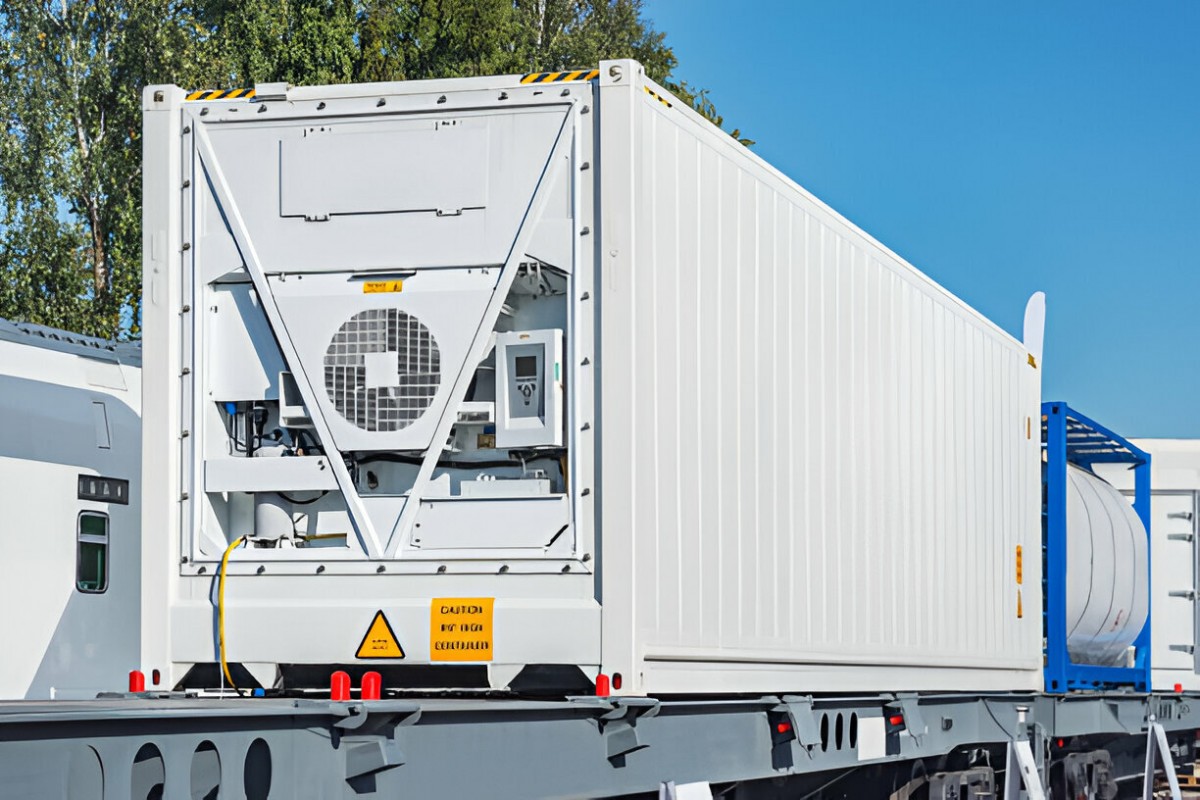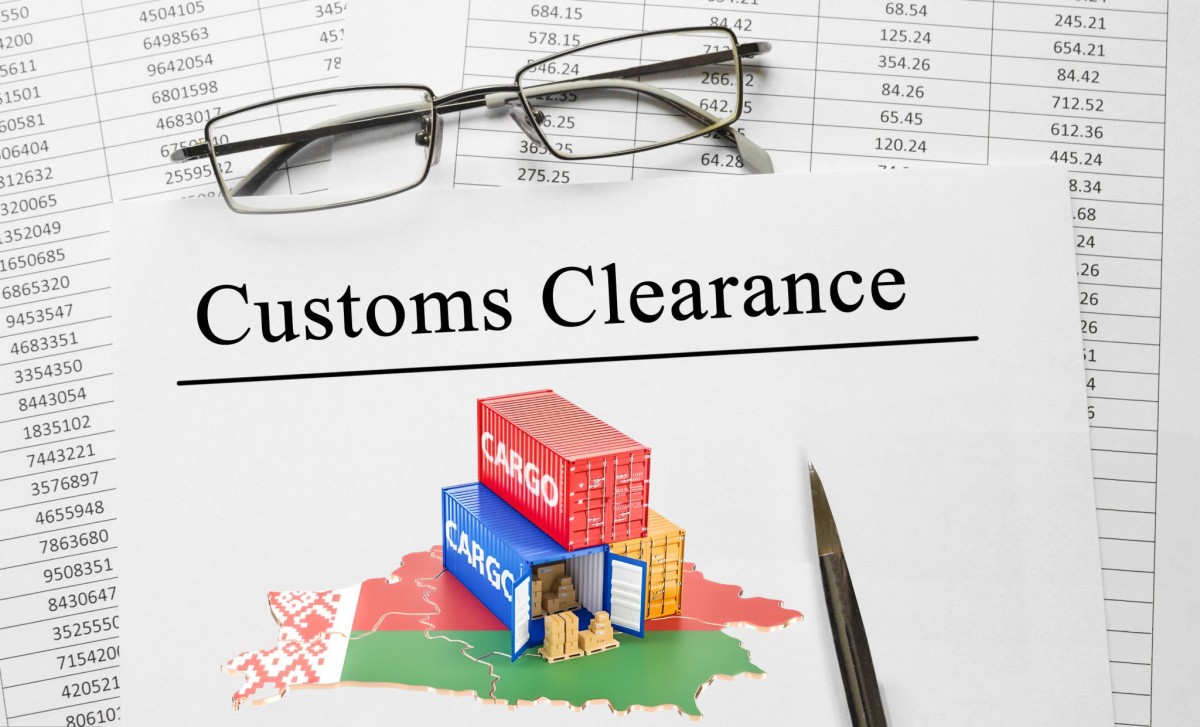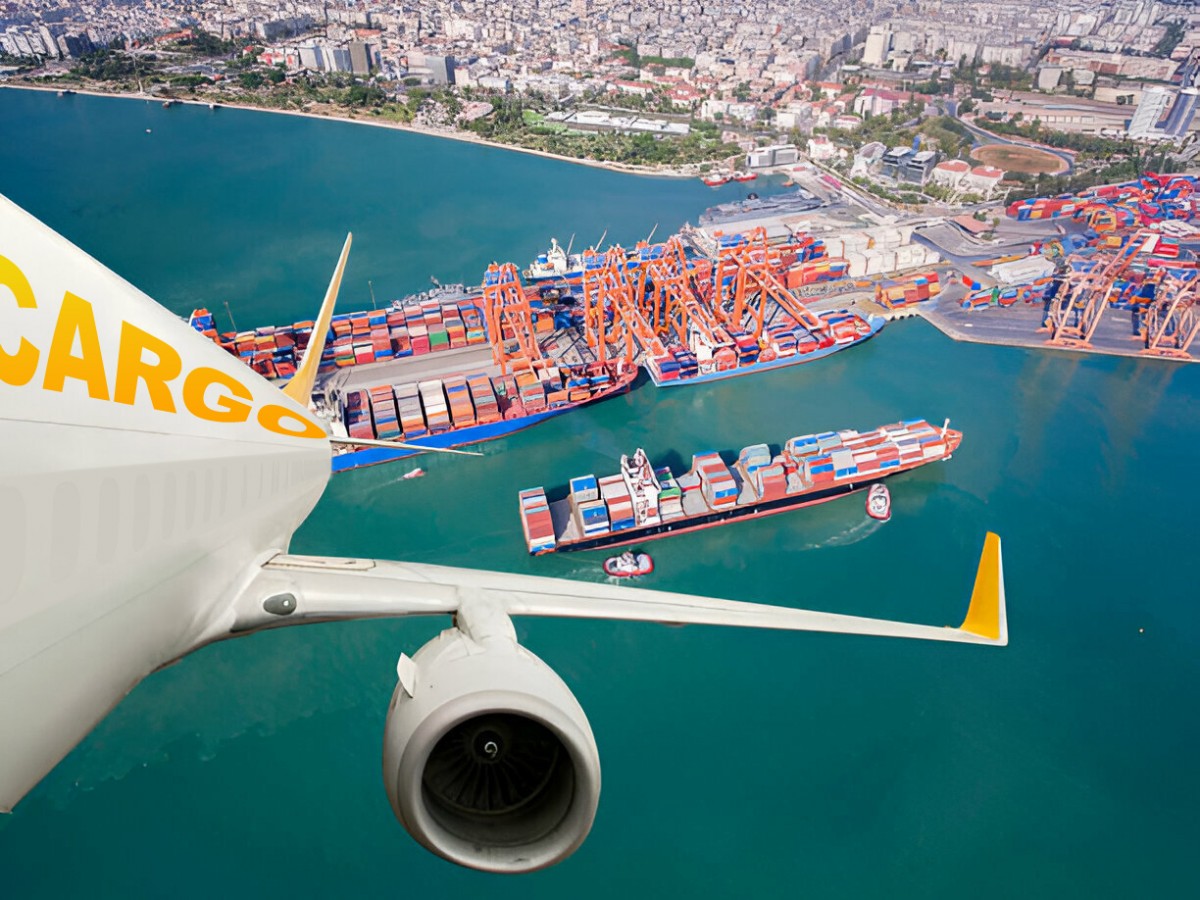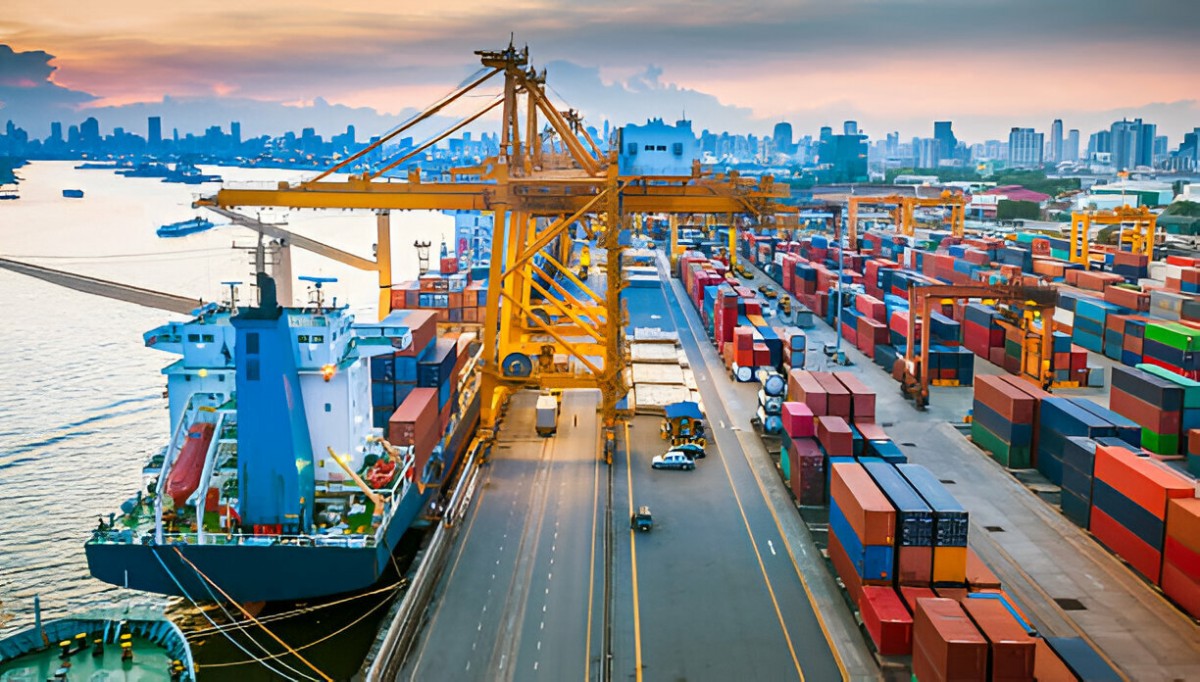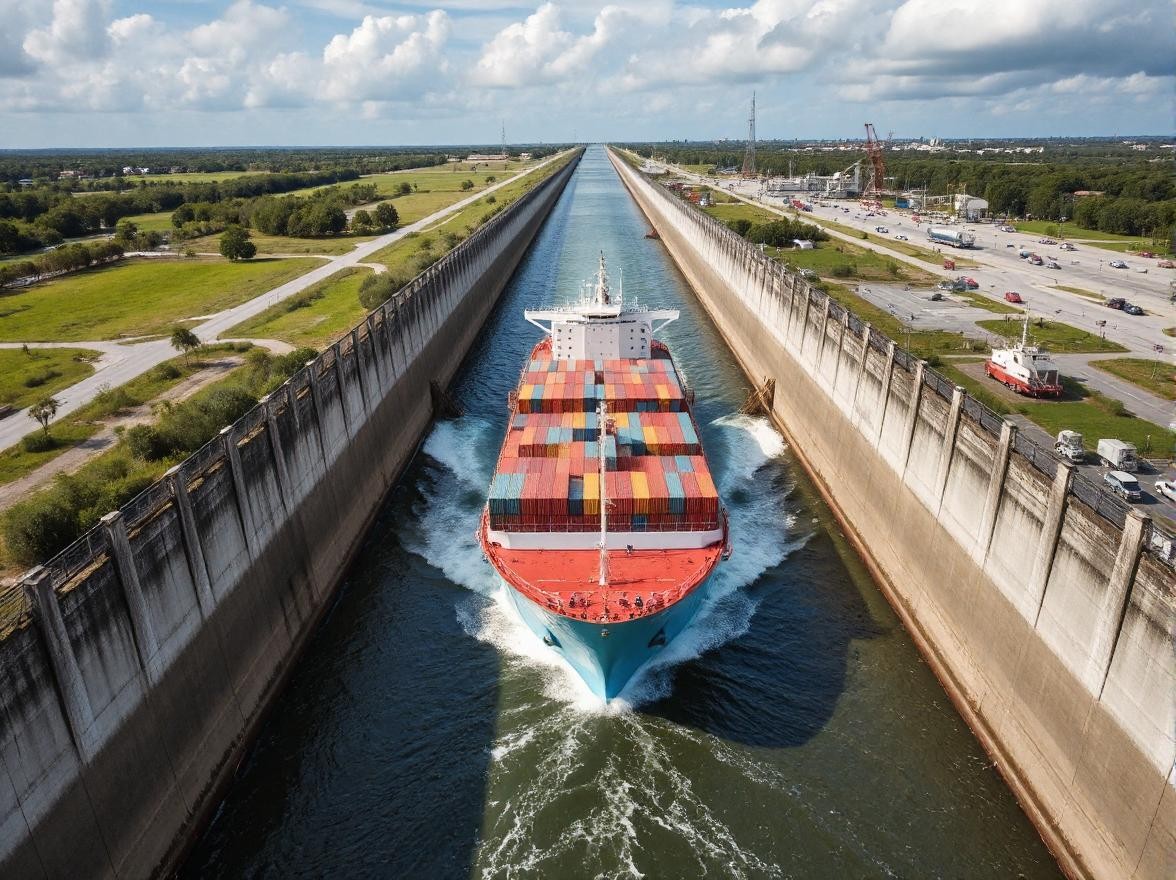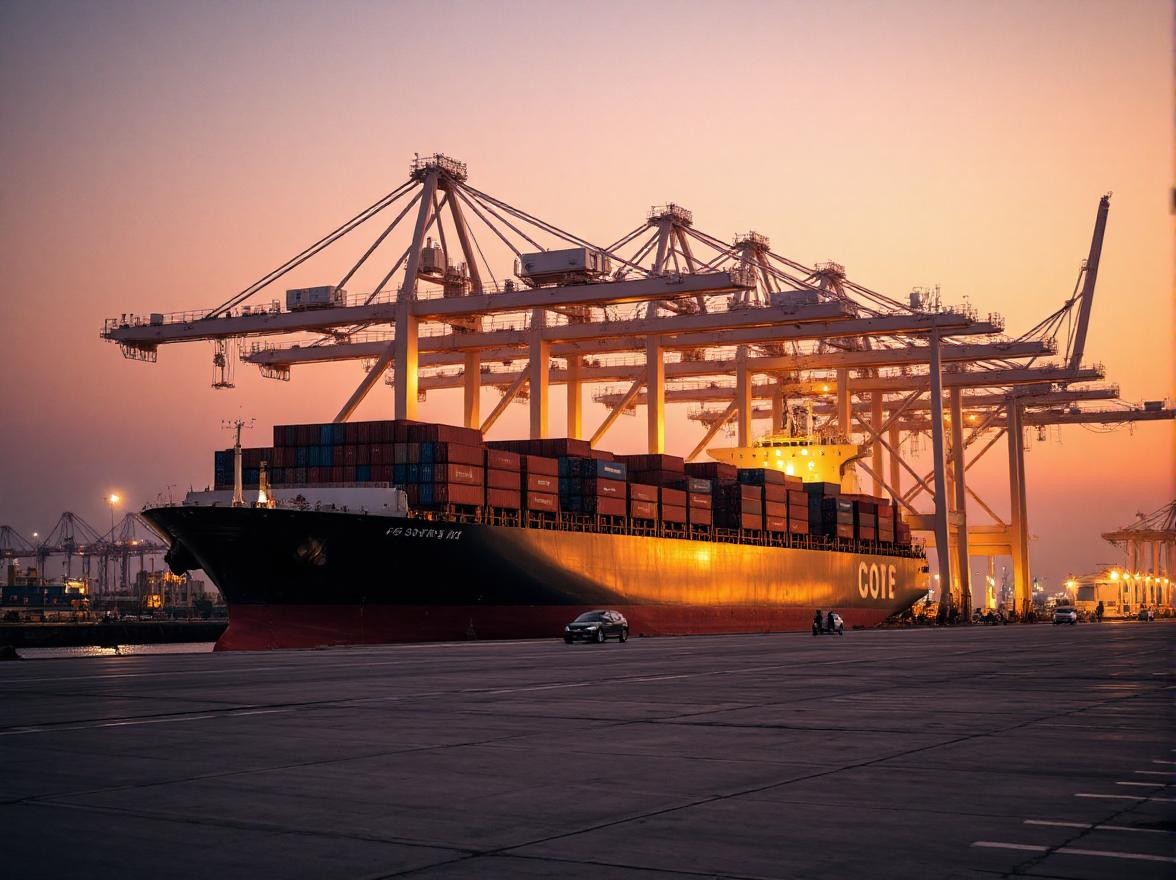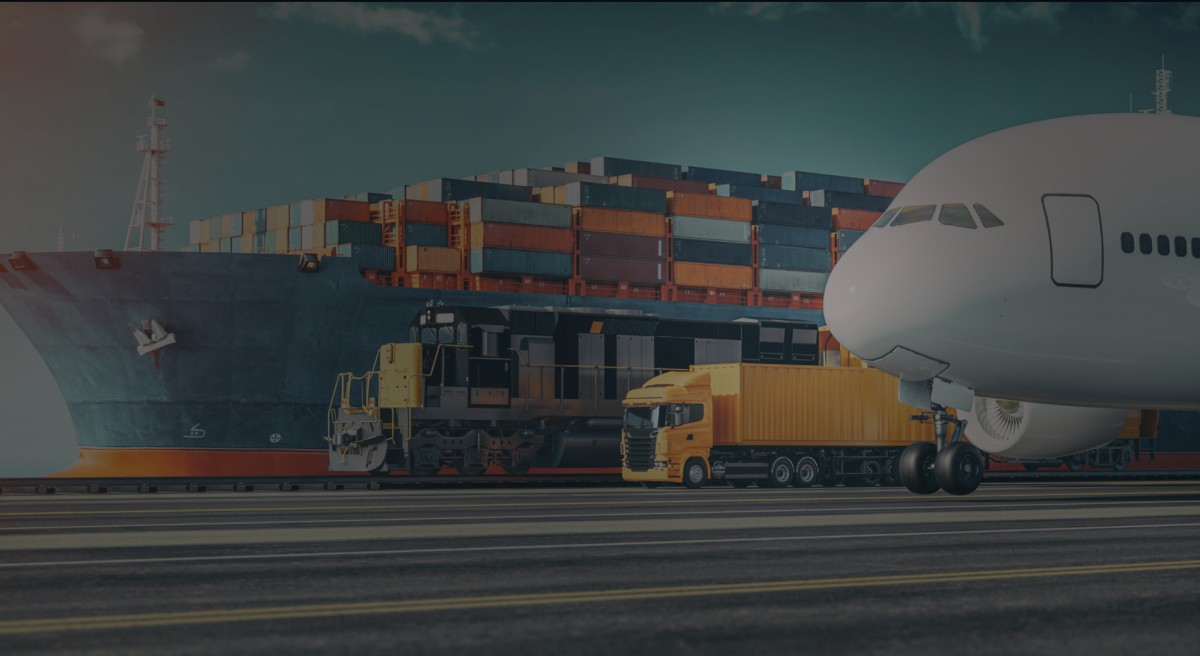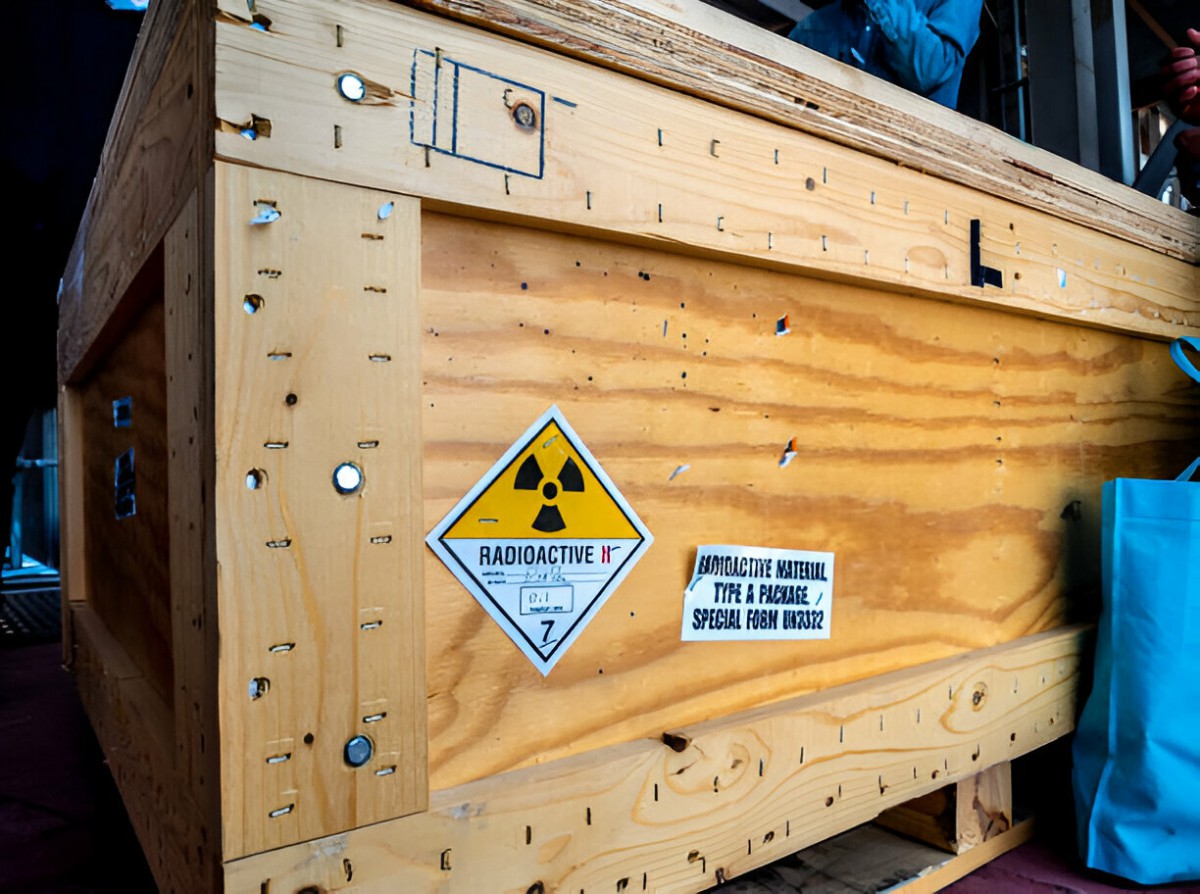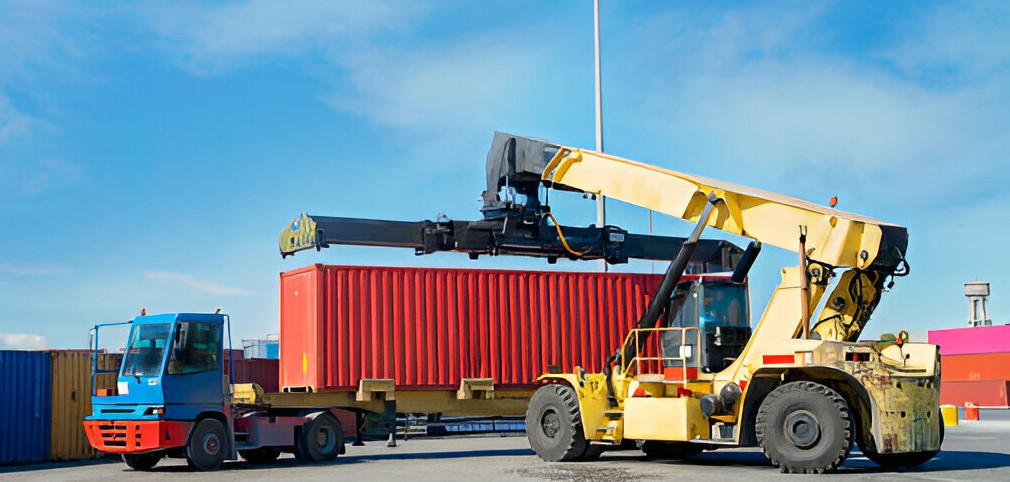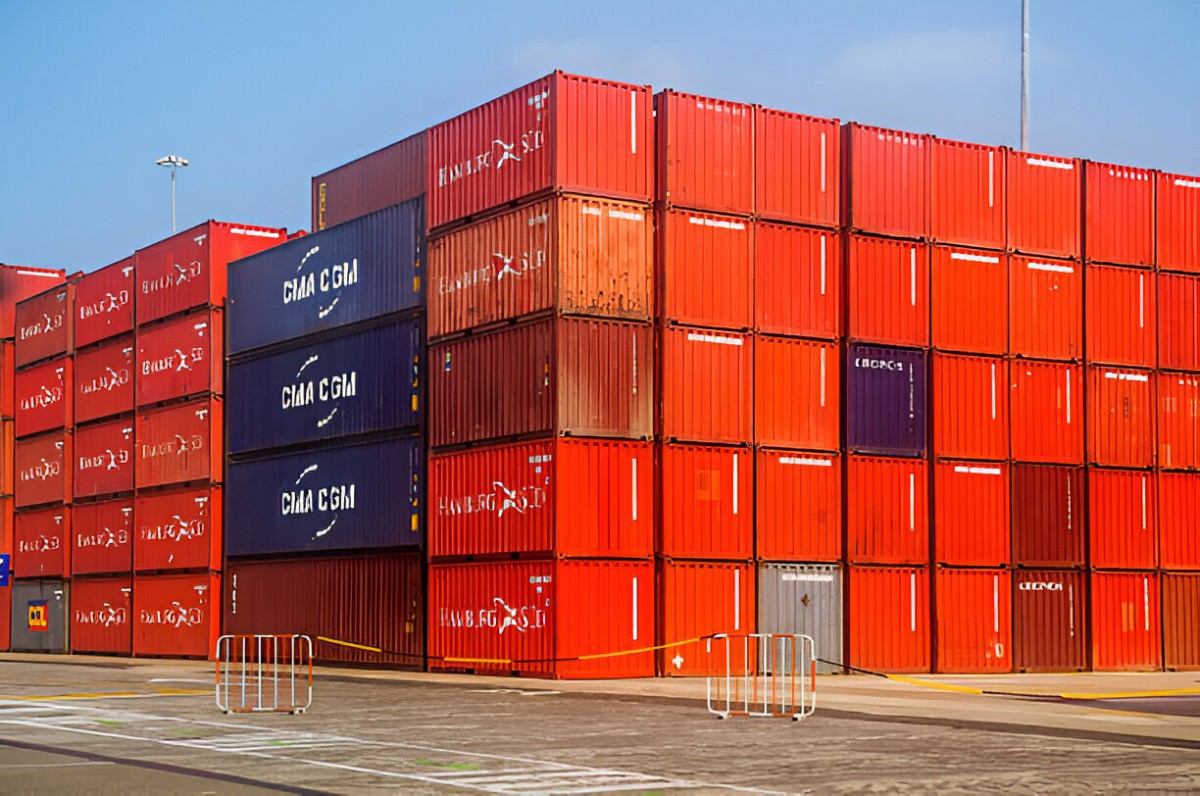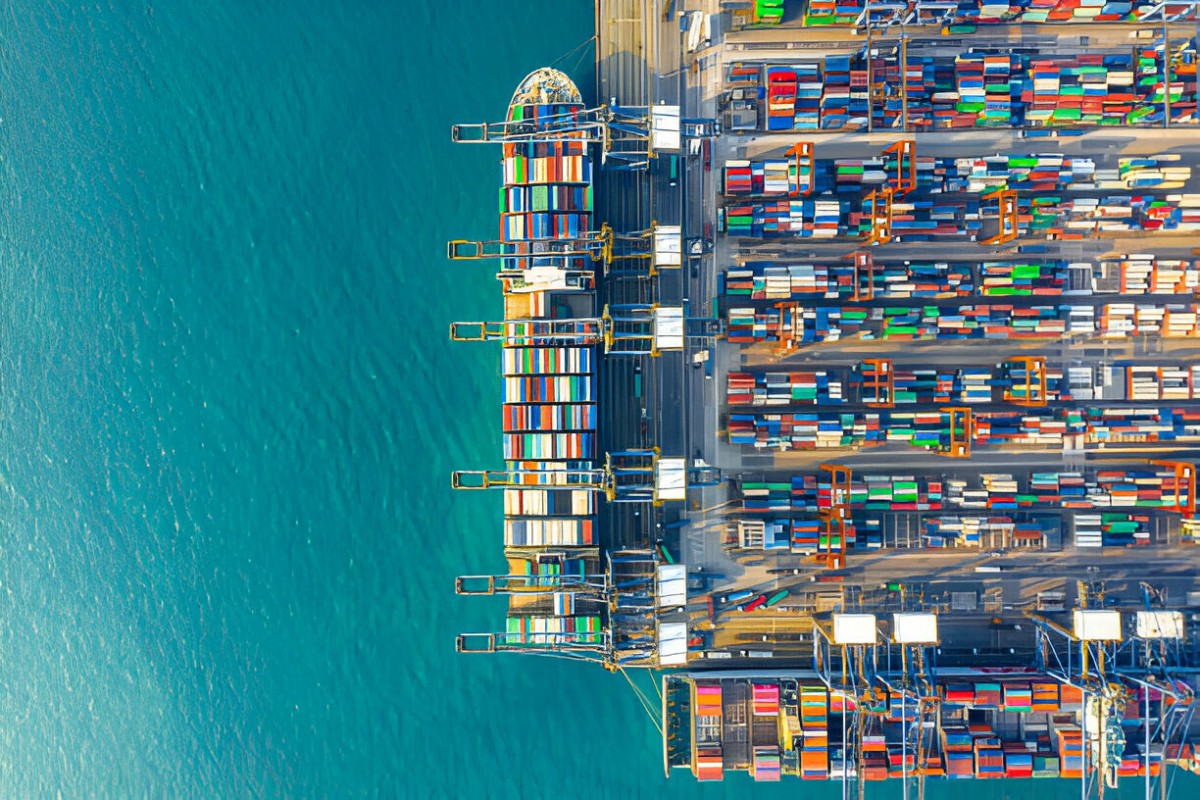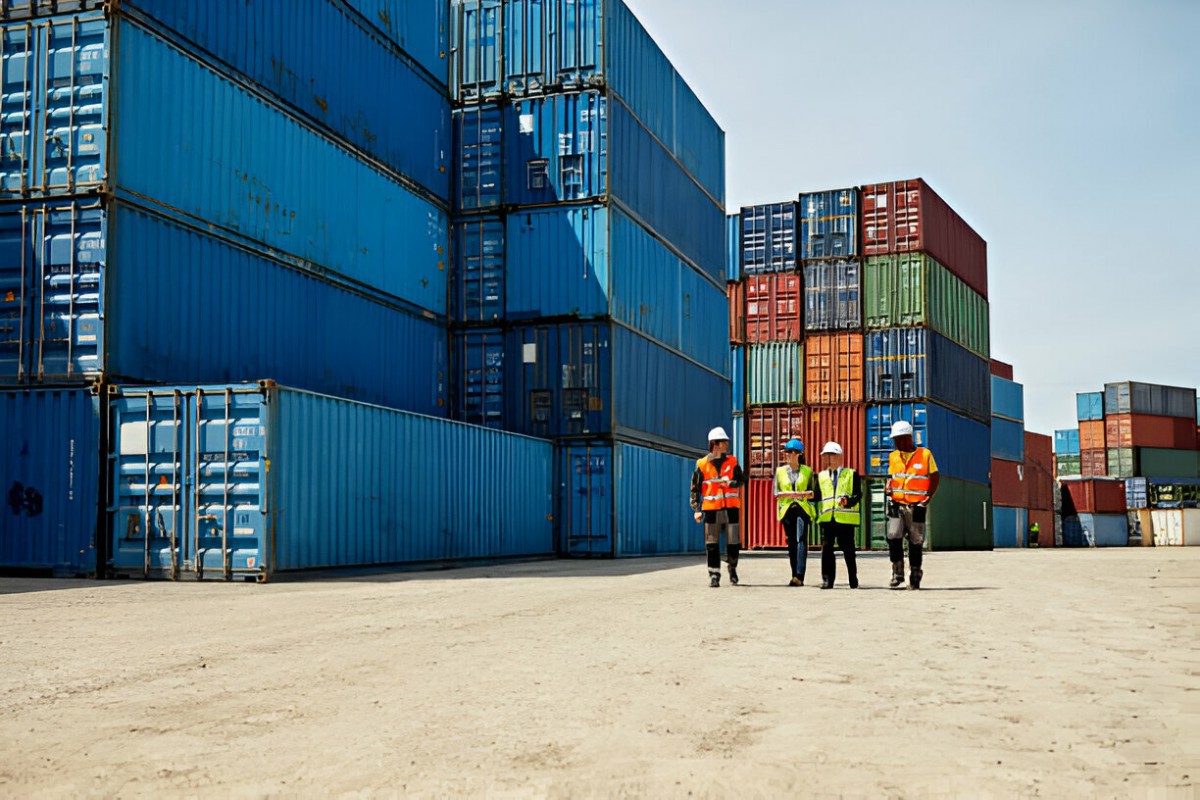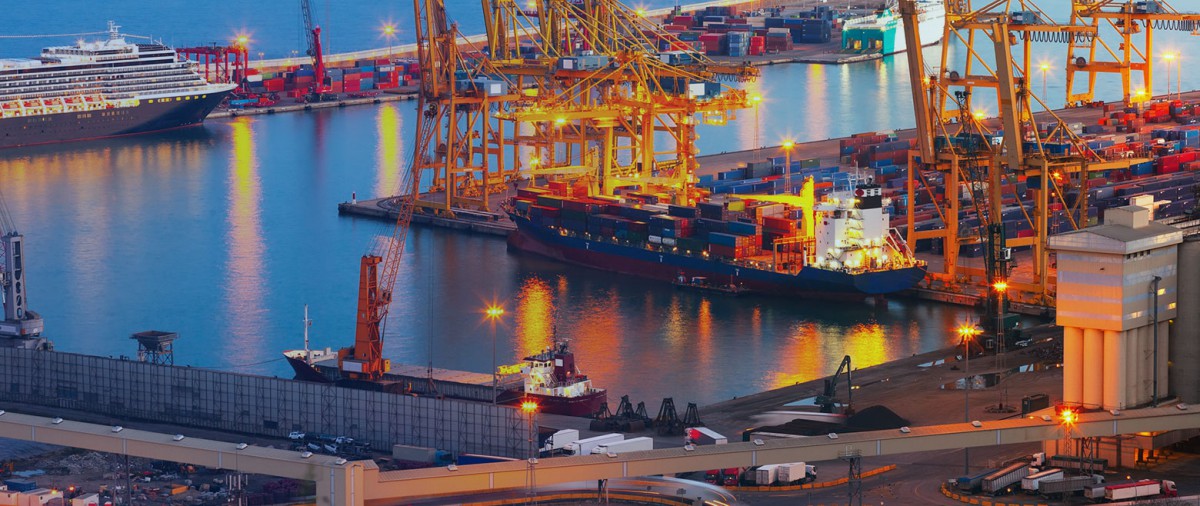What is the Cold Chain in Logistics?
The cold chain is a critical logistics process for transporting temperature-sensitive goods across the supply chain. It uses thermal and refrigerated packaging to maintain product integrity and ensure that perishable items reach their destination in optimal condition. Cold chain logistics plays an essential role in industries like pharmaceuticals, medical supplies, and food services, ensuring products are kept at the correct temperature from start to finish.
Cold Chain: A Key Component in Global Logistics
While globalization has connected distant regions, the physical distance still poses challenges, especially for perishable products. Long transportation routes expose goods to various risks, from temperature fluctuations to physical shocks, increasing the chance of spoilage or quality degradation.
The cold supply chain and overview for logistics
Perishable items, including fresh food, medicines, and chemicals, are particularly vulnerable and require meticulous handling to remain viable. Cold chain logistics enables companies in sectors like pharmaceuticals and food production to control temperature-sensitive shipments, reducing waste and ensuring product safety.
Definition and Transport Methods
The cold chain logistics process encompasses transporting temperature-sensitive products using specialized methods, including refrigerated trucks, railcars, cargo ships, reefers, and air cargo. Each mode helps maintain stable temperature conditions to protect the shipment's integrity throughout its journey.
Cold Chain: Science, Technology, and Process
Cold chain logistics combines science, technology, and process management to maintain product quality. Here’s how:
Science: Cold chain logistics relies on understanding the chemical and biological properties of perishables to minimize spoilage and extend shelf life.
Technology: Specialized refrigeration and storage technologies help maintain low temperatures, crucial for transporting perishable items effectively.
Process: Managing a cold chain involves several stages, including preparing, storing, transporting, and monitoring temperature-sensitive goods.
Key Elements of Cold Chain Logistics
The primary components of an efficient cold chain include:
- Temperature Control Systems: This initial stage lowers the temperature of products for safe processing, storage, and transit.
- Temperature-Controlled Storage: Facilities provide storage for temperature-sensitive goods, allowing for delayed shipments or interim processing.
- Temperature-Regulated Transport: Maintains consistent temperature and humidity during transit, ensuring products arrive intact and safe.
- Temperature-Sensitive Processing and Distribution: Facilities for processing perishable goods in sanitary conditions, along with load consolidation for market distribution.
Economic and Geographical Impact of Cold Chain Logistics
Economic Benefits
For developing economies, cold chain logistics unlocks access to global perishable markets. Rising income levels in these regions drive demand for fresh produce, seafood, and meats, creating opportunities for local producers to reach international markets. The demand for fresh, healthy food options, like exotic fruits and high-value proteins, has spurred innovation in cold chain logistics.

Geographical Impacts
Global: Cold chain logistics allows agricultural products and pharmaceuticals to travel long distances, ensuring that vaccines and biological materials are safely delivered worldwide.
Regional: Large-scale cold storage supports regional food distribution, allowing economies of scale and specialization in food markets.
Local: Efficient distribution networks ensure that perishable items reach local grocery stores and restaurants promptly.
Intermodal Transportation in Cold Chain Logistics
Cold chain shipments often require multiple transportation modes, making intermodal logistics essential. Refrigerated containers (typically 40-foot units) simplify intermodal transitions by providing a controlled environment. This minimizes loading and unloading time, protecting the cargo and ensuring consistent temperature maintenance.
The Rise of Cold Chain Logistics Services
Emergence of Third-Party Cold Chain Logistics Providers
In the 1950s, third-party logistics (3PL) providers began specializing in cold chain logistics. This transition shifted responsibility from manufacturers and distributors to logistics specialists, who developed expertise in handling temperature-sensitive shipments. In the U.S., regulatory bodies like the FDA introduced strict standards for pharmaceutical and food products, encouraging companies to rely on specialized couriers instead of investing in in-house cold chain facilities.
This shift has led to the growth of industry players like UPS and FedEx, who offer specialized services in transporting perishable goods. With expertise in local regulations, customs, and temperature control, these providers ensure efficient distribution and reliable delivery for temperature-sensitive products.
Pharmaceuticals and the Cold Chain
The pharmaceutical sector heavily relies on the cold chain, especially for drugs and treatments requiring strict temperature control. Many pharmaceutical products in the research or trial stages require reliable cold storage, and even minor temperature changes can render drugs ineffective or harmful. This emphasis on controlled, safe transport has led to industry-wide advancements, creating a robust and specialized cold chain system.
Increasing Integration and Specialization in Cold Chain Logistics
Due to the need for stringent temperature control, cold chain logistics often involves higher levels of supply chain integration. Some logistics providers have invested in upstream assets, such as produce farms, to secure consistent supply. The international trade of perishable goods like fruits and vegetables further underscores the importance of cold chain logistics, as nations look to preserve the quality of exports and maintain health standards.
Supporting Global Health and Public Safety
Cold chain logistics also has significant public health implications, as it ensures food safety and enables effective healthcare responses. Proper transportation methods prevent contamination, while the ability to transport medical supplies globally enhances emergency response efforts. The COVID-19 pandemic highlighted the critical role of the cold chain in distributing vaccines on a global scale, making it clear that cold chain logistics is essential for maintaining both public health and market stability.
the Cold Chain in Modern Logistics
The cold chain plays a critical role in transporting temperature-sensitive goods through specialized supply chains. By leveraging advanced refrigerated packaging and precise logistical planning, the cold chain ensures product integrity from origin to final destination, especially for high-stakes sectors like pharmaceuticals, food, and medical supplies.
The Cold Chain in Context
With globalization connecting distant regions, efficient logistics become crucial in protecting goods from damage, especially perishables. These goods—like fresh produce—are vulnerable to temperature fluctuations and physical shocks, making it essential to transport them under optimal conditions. Food quality, for instance, deteriorates over time due to ongoing chemical reactions, which can be slowed with refrigeration. Any delay in shipping these perishable items can compromise quality, highlighting the need for effective cold chain logistics in sectors like pharmaceuticals, food, and medical industries.
The cold chain’s success depends on carefully regulated transportation methods, including refrigerated trucks, air cargo, reefers, and ships. Each option ensures that temperature-sensitive shipments retain their quality and safety throughout the supply chain.
The Cold Chain: Science, Technology, and Process
The cold chain is multi-faceted, encompassing:
- Science – Understanding chemical and biological processes tied to perishability.
- Technology – Implementing temperature control systems to protect shipments.
- Process – Coordinating tasks for the storage, transport, and monitoring of sensitive products.
Key components include:
- Cooling Systems – Brings items to appropriate temperatures before storage and transport.
- Cold Storage – Facilities that maintain products at specific temperatures until needed.
- Cold Transport – Vehicles equipped to keep stable temperature and humidity levels.
- Cold Processing and Distribution – Ensures the safe handling and processing of goods before final distribution.
Cold Chain’s Economic and Geographic Impact
Economic Benefits: The cold chain enables developing economies to participate in global trade as producers or consumers. As income levels rise, so does the demand for perishables like fresh fruit, meat, and fish. With better purchasing power, consumers now seek healthy, diverse food options, propelling producers and retailers to provide a variety of fresh products.
Geographic Reach: The cold chain affects the global market as follows:
- Global Scale: Supports the worldwide movement of temperature-sensitive goods, including vaccines and medical products.
- Regional Scale: Enhances production specialization and economies of scale in distribution.
- Local Scale: Enables timely delivery of perishables to end consumers in grocery stores and restaurants.
Many cold chain shipments rely on intermodal transportation, often requiring refrigerated containers, or “reefers,” which preserve goods across different modes of transit. These containers help protect shipments from damage, ensure quick transfers, and maintain electronically controlled environments for consistent temperature regulation.
The Rise of Specialized Cold Chain Logistics
Since the 1950s, specialized logistics providers have developed to meet the demands of global cold chain shipments. Initially handled by manufacturers, cold chain logistics are now often outsourced to third-party providers like UPS and FedEx. These companies focus on the unique requirements of cold chain shipping, including local regulations and environmental considerations, which are crucial for successful global distribution.
The logistics industry’s specialization enables efficient and safe transport of high-value products like pharmaceuticals, which have strict temperature requirements. Even minor temperature fluctuations can render a pharmaceutical shipment ineffective or unsafe, making cold chain integrity essential.
Cold chain logistics requires high integration levels to monitor and control temperatures at every step. Some logistics providers even acquire farms or production facilities to ensure consistent supply. As international trade in food products rises, so does the need for reliable cold chain logistics to maintain food safety and freshness. Cold chain technology also supports niche markets like fresh flower transport, and, crucially, healthcare logistics, as seen in the COVID-19 vaccine distribution.
Cold Chain Logistics: Ensuring Temperature-Controlled Environments
The effectiveness of a cold chain hinges on the ability to transport goods under strict temperature controls. Recent advancements allow the industry to cater to various products requiring specific temperature ranges. Common temperature categories include “banana” (13°C), “chill” (2°C), “frozen” (-18°C), and “deep-frozen” (-29°C). Adhering to these ranges preserves product quality and shelf life, and deviations can lead to expensive losses.
Key cold chain technologies for maintaining these temperature ranges include:
- Dry Ice – Used for frozen shipments, particularly pharmaceuticals and foods, as it sublimates without melting.
- Gel Packs – Ideal for chilled products like medicines, as they maintain 2–8°C through phase-changing substances.
- Eutectic Plates – Reusable plates that keep temperatures stable in rolling units and delivery vehicles.
- Liquid Nitrogen – For ultra-cold shipping needs, especially for biological materials like tissues and organs.
- Quilts – Insulating layers that help maintain temperatures without continuous refrigeration.
- Reefers – Insulated, temperature-controlled transport units, common in cold chain logistics, especially 40-foot containers.
Cold Storage Facilities vary in size and function, from single-room units to vast distribution centers, with some facilities even utilizing unique spaces like converted mines.
Cold Chain Operations: Ensuring Shipment Integrity
Maintaining product quality across the cold chain requires comprehensive logistics, from preparation to final delivery:
- Shipment Preparation – Ensures temperature-sensitive products are conditioned and packed correctly before departure.
- Modal Choice – Determines transport mode based on distance, shipment size, and product perishability.
- Customs Procedures – Critical for cross-border cold chain shipments, which are time-sensitive and often subject to detailed inspections.
- Last Mile Delivery – Involves urban distribution to ensure timely delivery, especially in congested areas.
- Integrity and Quality Assurance – Includes tracking temperature anomalies and accountability measures to verify shipment quality upon delivery.
- Post-Processing – Involves final preparation, packaging, and, in some cases, fruit ripening or meat aging at the destination.
Cold chain logistics require additional tasks and energy, which increase transport costs. However, rising living standards and global demand for fresh, high-quality products continue to drive innovation and investment in cold chain logistics.
The Cold Chain’s Growing Role in Global Trade
With the global demand for perishable goods on the rise, cold chain logistics are increasingly essential in supporting economic growth and meeting consumers' expectations for fresh, high-quality products. Advanced cold chain logistics allow producers worldwide to participate in the global market, fueling a demand that will continue to expand with higher living standards and economic specialization.

